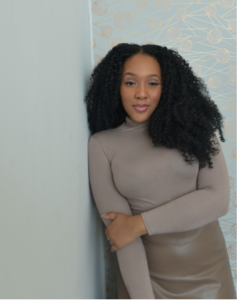 Young creatives are overworked and stressed out according to a survey by the nonprofit professional organization InSource and the software company inMotionNow. The survey polled 400 in-house creative workers–including marketers, creatives, and assorted managers–and found that the speed at which creative teams are expected to work and the volume of demand for their work were respondents’ No. 1 and No. 2 concerns, respectively.
Young creatives are overworked and stressed out according to a survey by the nonprofit professional organization InSource and the software company inMotionNow. The survey polled 400 in-house creative workers–including marketers, creatives, and assorted managers–and found that the speed at which creative teams are expected to work and the volume of demand for their work were respondents’ No. 1 and No. 2 concerns, respectively.
Of course, the creative sector is not alone in feeling pressured to tackle more projects in less time. But as the survey suggests, creative workers are often in a unique position, working in small teams to meet the needs of many other parts of an organization.
Eighty-five percent of those surveyed said they serve 10 or more internal stakeholders; 60% serve 20 or more, and 38% serve 50 or more. According to the report, “It’s not uncommon for a team of fewer than 10 creatives to support the demands of 50+ stakeholders in business with $500 million or more in revenue.”
WHAT’S HAPPENING, EXACTLY?
Firstly, there’s always an exorbitant amount lot of creative work to do. The companies of yesteryear could get away witha single advertising campaign spread over a few verticals–TV, billboards, and magazines say. In 2018, companies are producing content for mobile, social, the web, print, television, out-of-house, physical retail, and among countless other outlets, but don’t necessarily hire more staff to meet the demand.

Plenty of mundane tasks endemic to creative work have been automated–but others haven’t. 46% of the survey’s respondents report spending three to seven hours a week on administrative tasks, like chasing briefs and getting projects approved. 34% spend a whopping seven hours a week on administrative work–that’s almost a full day out of a 40-hour work week.
UK based Ulster University (UU) conducted research and found irregular working hours, the lack of job security and poor pay all impact on wellbeing. Problems also arise because people feel society undervalues their work, the research suggests. The study found anxiety and depression were the most common disorders.
A total of 574 people working in the creative sector answered detailed questions about their mental health. The study found the most commonly diagnosed disorders were anxiety (36%) and depression (32%) while 60% of participants reported having had suicidal thoughts. However, the majority of participants said they felt hopeful and considered themselves to be happy.

Jasmine Browley holds an MA in journalism from Columbia College Chicago, and has contributed to Ebony, Jet and MADE Magazine among others. So, clearly, she knows some stuff. Follow her digital journey @JasmineBrowley.









